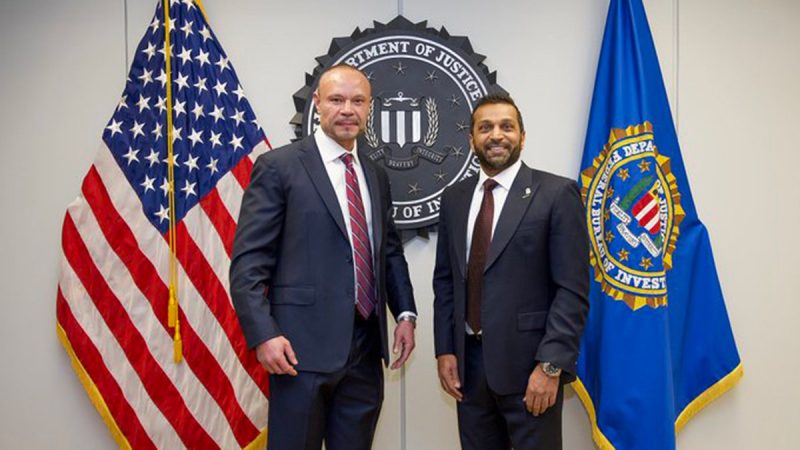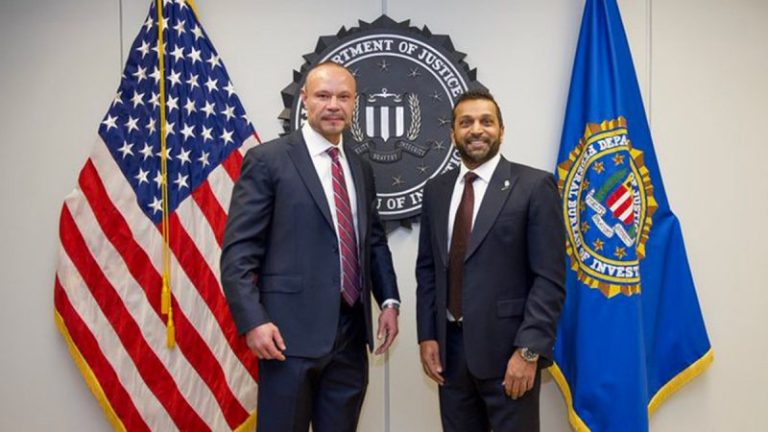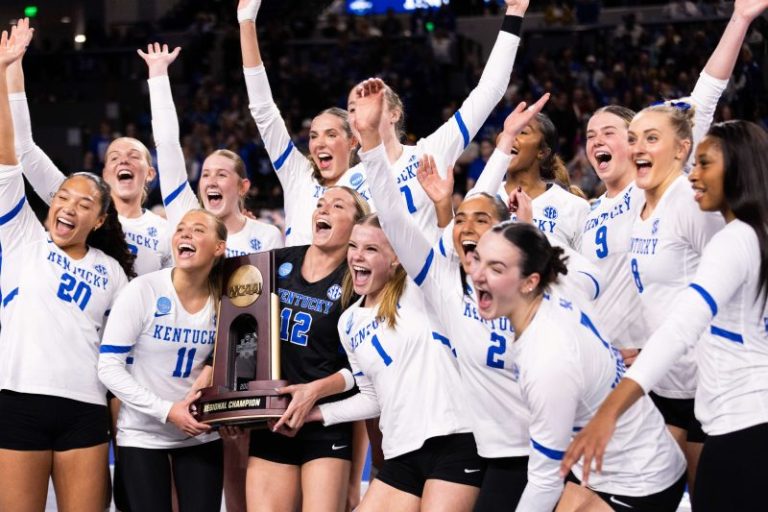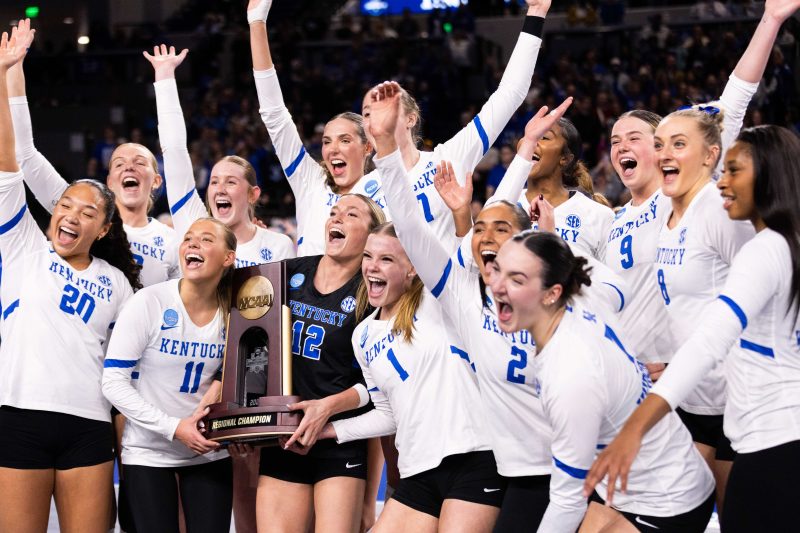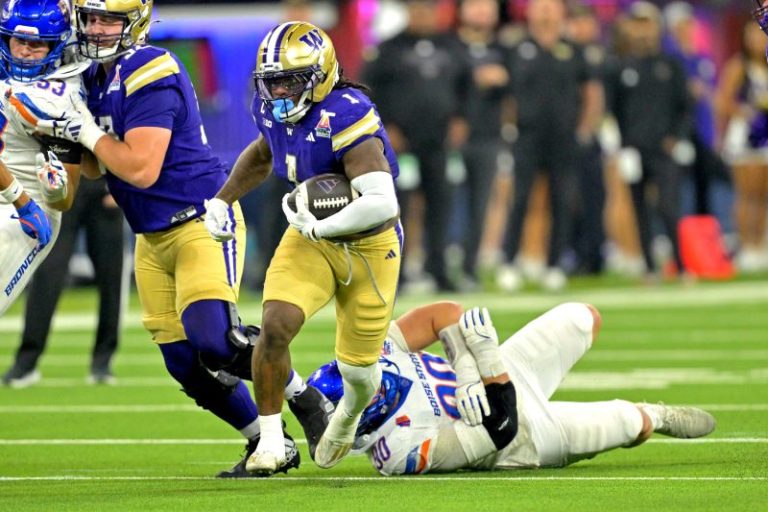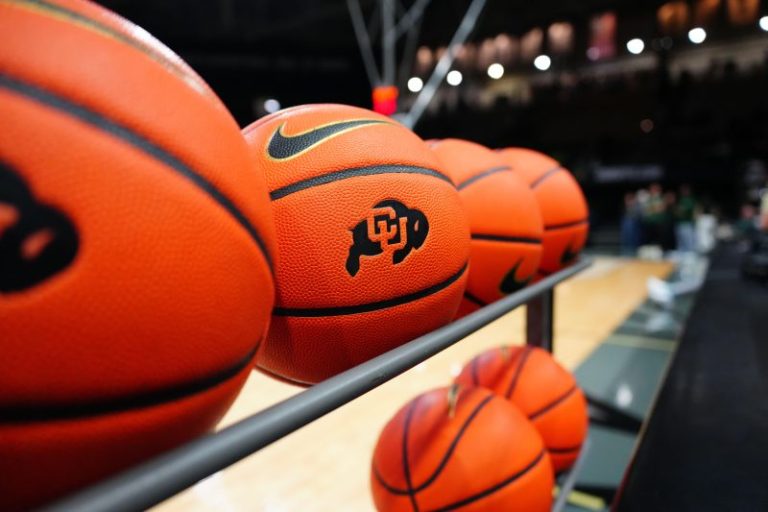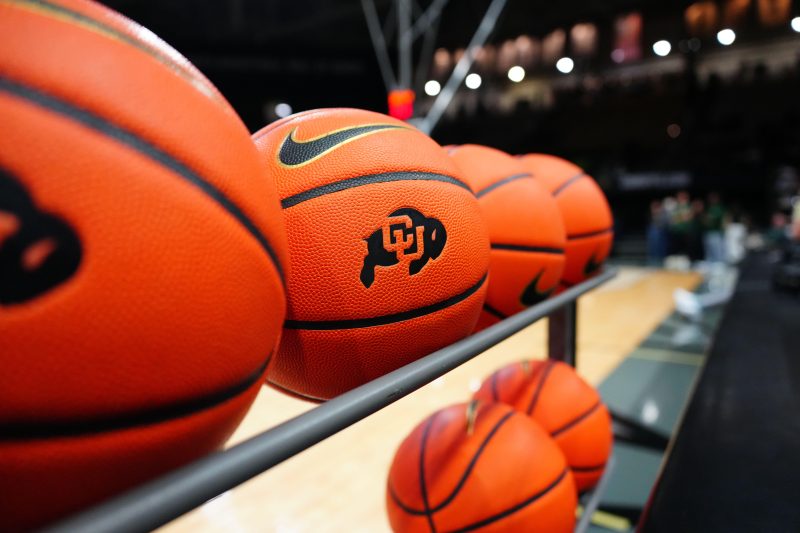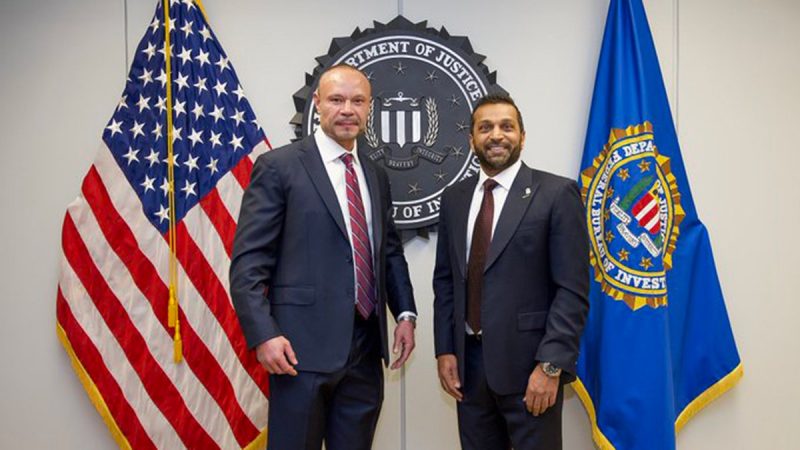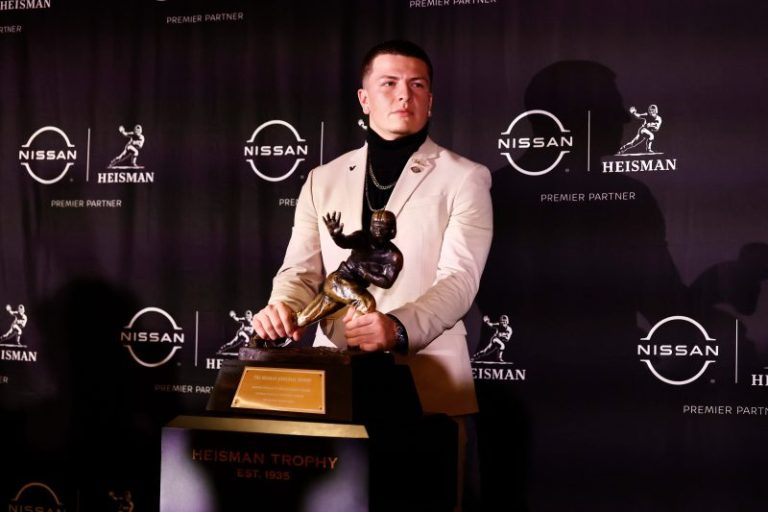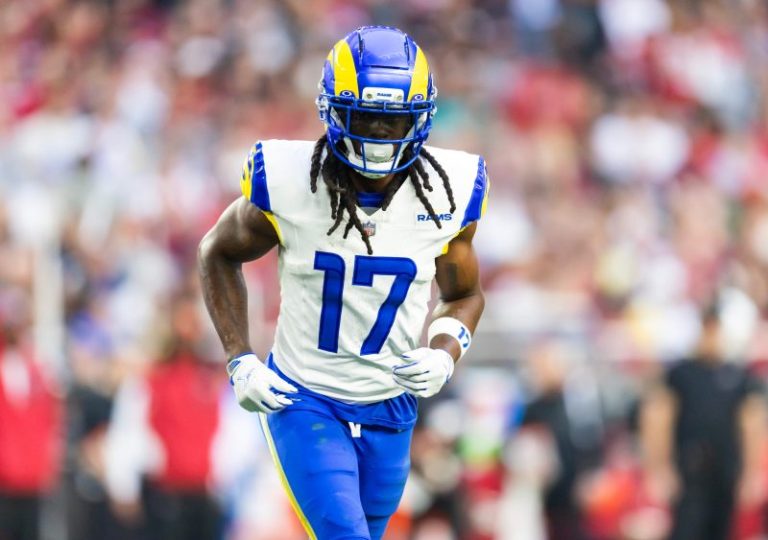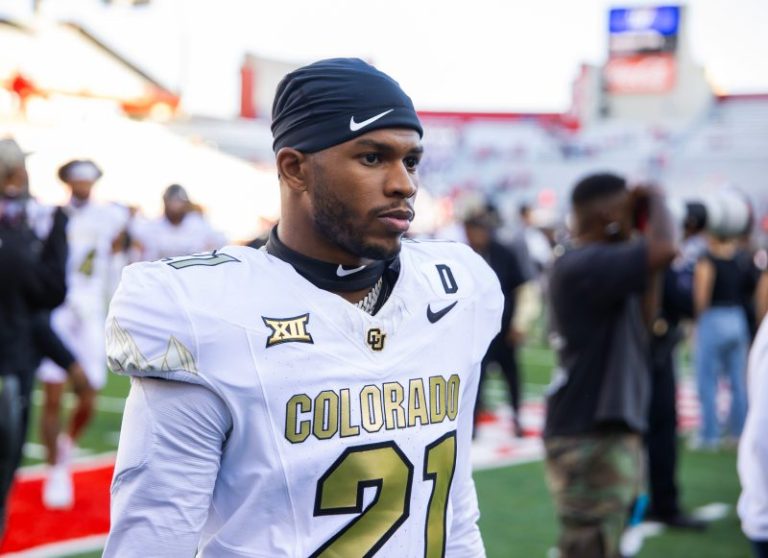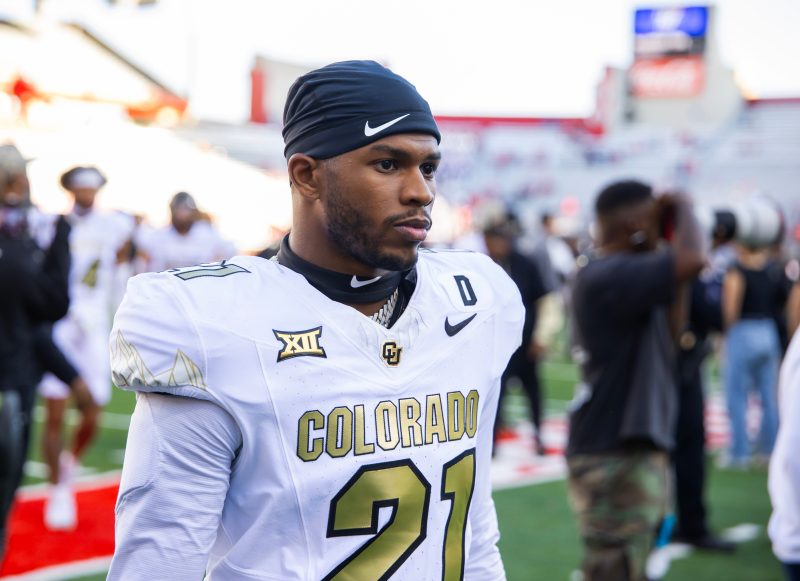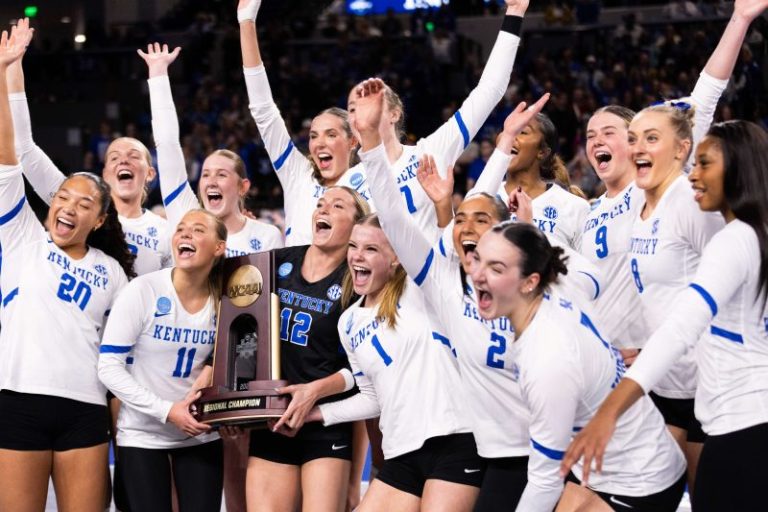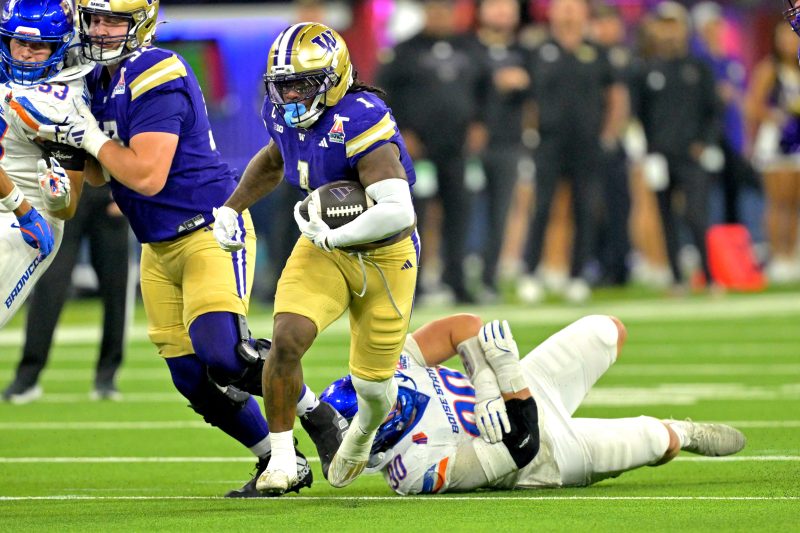
- Despite televising the least-watched bowl game last year, The CW Network is interested in acquiring more.
- Disney, through ESPN and ABC, will televise 38 of the 41 major college bowl games and is heavily invested in them.
- Even with low attendance, bowl games often draw higher television ratings than other live sports programming.
The television network that televised the least-watched college football bowl game last season is still so bullish on bowl games that it might want to buy the rights to televise more of them.
So don’t tell The CW Network there are too many bowl games even if some teams don’t want to play in them.
The CW Network has broadcasted only two bowl games in its history – the Arizona Bowl in 2023 and 2024. Last year’s game attracted 567,000 viewers on average, which ranked last among all bowl games but is still such a good audience that the network confirmed to USA TODAY Sports this month that yes, it is interested in adding more bowl games to its programming.
“The bowl system has always been a market-driven system,” said Nick Carparelli, executive director of Bowl Season, which promotes bowl games. “No one’s telling anybody they have to host a bowl game. No one’s telling schools they have to play in bowl games. The number of bowl games that exist today are a function of the marketplace.”
This year, that marketplace features 41 major college football bowl games, including six that are part of the College Football Playoff. That’s up from 18 bowl games in the 1995-96 season and 28 in the 2005-06 schedule. All but three of those 41 bowl games will be televised by ESPN or ABC, both owned by The Walt Disney Company.
But there are reasons for concern – or not, depending on the viewpoint and the business model of the game. For example, the Holiday Bowl in San Diego this year looked into moving its game to Saudi Arabia for more money. The LA Bowl opened the major college bowl season on Dec. 13 but told USA TODAY Sports this week it hasn’t decided yet if it will continue.
“With college football postseason in flux, we are continuing to evaluate our options,” the game said in a statement.
More bowl game disruptions on the way
The bowl system endured some jolting disturbances this year, with more likely to come as college football evolves to a more professional model with changing rules. Notre Dame decided not to play in a bowl game after getting left out of the 12-team playoff with a 10-2 record. The Big 12 Conference issued a $500,000 fine to Iowa State and Kansas State after they also decided not to play in bowl games.
Star players have been opting not to play in them for years to reduce their injury risk before the NFL draft or entering the transfer portal. Now the playoff might expand beyond 12 teams, further reducing the stature of bowl games that aren’t included in the format that decides a national champion.
All of which raises the question that some have been asking for the last 30 years.
Are there finally too many bowl games?
The answer to that is generally no if the television audience for even the least-watched game is big enough for ESPN or another network to want to pay for them.
The supply of teams remains steady, too, even though some bowls had to scramble to fill spots more than usual. For every team declining an invitation, there were others willing to replace them. Mississippi State, Appalachian State and Rice all had 5-7 records but accepted bowl invitations to make up for the teams that opted out.
Mississippi State coach Jeff Lebby called it a “no-brainer” to accept a surprise bowl bid for his team.
“There’s a ton of positives,” he said, citing more practice time for his team and a trip to the Duke’s Mayo Bowl to play Wake Forest on Jan. 2.
ESPN will televise that game in prime time on a Friday night – illustrating another reason why Disney will keep bowl games in bountiful supply even if 11 of the 82 bowl teams this year have 6-6 records and three are 5-7.
Disney loves bowl games
ESPN and ABC have made postseason bowl games a signature part of their holiday programming during the final two weeks of the year and beyond. The only three bowl games not televised by Disney channels this year will be on Fox (Holiday Bowl), The CW (Arizona Bowl) and CBS (Sun Bowl).
ESPN Events, a division of ESPN, also owns 16 major college bowl games, including the Myrtle Beach Bowl, New Mexico Bowl and Hawaii Bowl. All ESPN-owned bowls are lower-tier games that might not sell many tickets but still get big audiences on television or streaming to help bring in advertising revenue and subscriber fees for the company during the holiday season
ESPN started buying bowl games in 2001 when it purchased the Las Vegas Bowl. By 2006, it increased its portfolio to five bowl games.
The company kept buying them for a reason: It’s good business for them.
‘Better than endless college basketball’
For example, ESPN Events owned the Bahamas Bowl in the Bahamas, which drew only 4,610 fans in person for its last game on Jan. 4, 2025, when Buffalo beat Liberty 26-7.
That was the lowest attendance in Bahamas Bowl history, but it still got an average audience on ESPN of 1.14 million, according to Nielsen.
By contrast, a college basketball game that night between Michigan and Southern California on Fox got an average audience of 540,000.
“It’s probably not the business it used to be, but still, for a network like ESPN it is better than endless college basketball,” former Fox Sports Networks president Bob Thompson told USA TODAY Sports. “Given ESPN owns the bulk of these games, as long as they want a bridge to the playoff games, bowls will exist.”
Playoff expansion last year from four to 12 teams also didn’t hurt this part of their business. Bowl game viewership on Disney channels actually got bigger last year. Their 33 non-playoff bowl games averaged 2.7 million viewers, marking a 14% increase from the year before and their largest audience since 2019-20, according to ESPN, which declined an interview for this story.
In addition to the bowl games, ESPN also will televise two of the four first-round playoff games on Dec. 19 and 20, plus the national championship Jan. 19.
That doesn’t mean every bowl game will survive, however
College football bowl games have come and gone throughout history. The San Francisco Bowl and Poinsettia Bowl in San Diego have ceased operations in the last decade. ESPN recently replaced the Bahamas Bowl with another another bowl game in Frisco, Texas, where there are now two bowl games in a stadium that seats only 12,000, both owned by ESPN Events – the Xbox Bowl on Dec. 18 and the Scooter’s Coffee Frisco Bowl on Dec. 23.
That reinforces the notion that bowl ticket sales aren’t that important to ESPN’s business model, which instead generates revenue from television advertising and subscriber fees.
But the bowl games that aren’t owned by ESPN have a different business model and do rely on revenue from ticket sales, sponsorships and television rights fees, which usually come from Disney. They don’t have the financial backing of a massive media company like Disney and don’t generate revenue from television advertising or subscriber fees like Disney.
There are 25 bowl games not owned by ESPN
Of those, 22 are owned by local nonprofit organizations, including the Rose Bowl, Sugar Bowl, Fiesta Bowl, Holiday Bowl, Independence Bowl and Arizona Bowl. The other three are owned by pro sports teams or their ownership groups: the GameAbove Sports Bowl in Detroit (owned by the Detroit Lions), the Pinstripe Bowl in New York (New York Yankees) and LA Bowl.
Those games might not be in business very long if they only drew 5,000 in the Bahamas or 12,000 in Frisco like those ESPN-owned games have.
“The combination of an expanded playoff, top players opting out, and now teams opting out, have seriously diminished the bowl industry,” said Gary Cavalli, former executive director of the now-defunct bowl game in San Francisco. “If the playoff expands further, say to 16 teams with no first-round byes, it’ll get even worse. Bowl crowds have been falling in recent years because of those factors, resulting in a situation where bowl games are now primarily television inventory.”
It’s one reason the LA Bowl is considering its future after drawing another sparse crowd at SoFi Stadium Dec. 13, when Washington beat Boise State, 38-10. The announced attendance was 23,269, but some estimated it to be much lower in a stadium that seats about 70,000.
The Holiday Bowl example
In another example, the Holiday Bowl is owned by a local nonprofit. It reported a budget deficit of $34,000 in the fiscal year ending in 2024, down from the $663,000 budget deficit it had in 2023, according to tax records.
It had to cancel two games in 2020 and 2021 for reasons related to the COVID-19 pandemic, hurting the organization financially. The announced attendance for last year’s game was 23,920, the smallest attendance in its history dating to 1978.
This year, the Holiday Bowl even explored moving the game to Saudi Arabia to get more funding. It didn’t work out, but the game had to wait a few hours to fill one of its slots after Notre Dame bowed out of consideration. It also didn’t land title sponsor Trust & Will until Dec. 7, the same day bowl selections were made..
The Holiday Bowl is set for Jan. 2, when SMU faces Arizona in a stadium that seats 35,000. The game’s executive director, Mark Neville, wasn’t available for comment this week.
“The system’s not perfect,” Carparelli said. “But there’s still a lot of value and a lot of interest.”
The Sugar Bowl example
That’s especially true for the bigger bowl games that are part of the playoff, whose broadcast rights are owned by ESPN at a price of $7.8 billion from 2026 through 2031-32.
Take the Sugar Bowl in New Orleans, which will be played as a playoff quarterfinal Jan. 1 and also is owned by a local nonprofit. It had a budget surplus of $6.4 million in fiscal 2024, when Washington beat Texas in a playoff semifinal, according to tax records. The game’s executive director, Jeff Hundley, earned $983,000 in compensation that year, the most recent year available.
“The top games that can get great matchups … will probably be OK,” Cavalli said. “It’s the middle guys that make the high payouts to the conferences (for teams) and don’t get the elite teams that will probably be in trouble.”
Even then, there are certain TV companies out there that might be interested in bailing them out or buying them as long as viewership numbers make it worthwhile.
Follow reporter Brent Schrotenboer @Schrotenboer. Email: bschrotenb@usatoday.com
This post appeared first on USA TODAY
